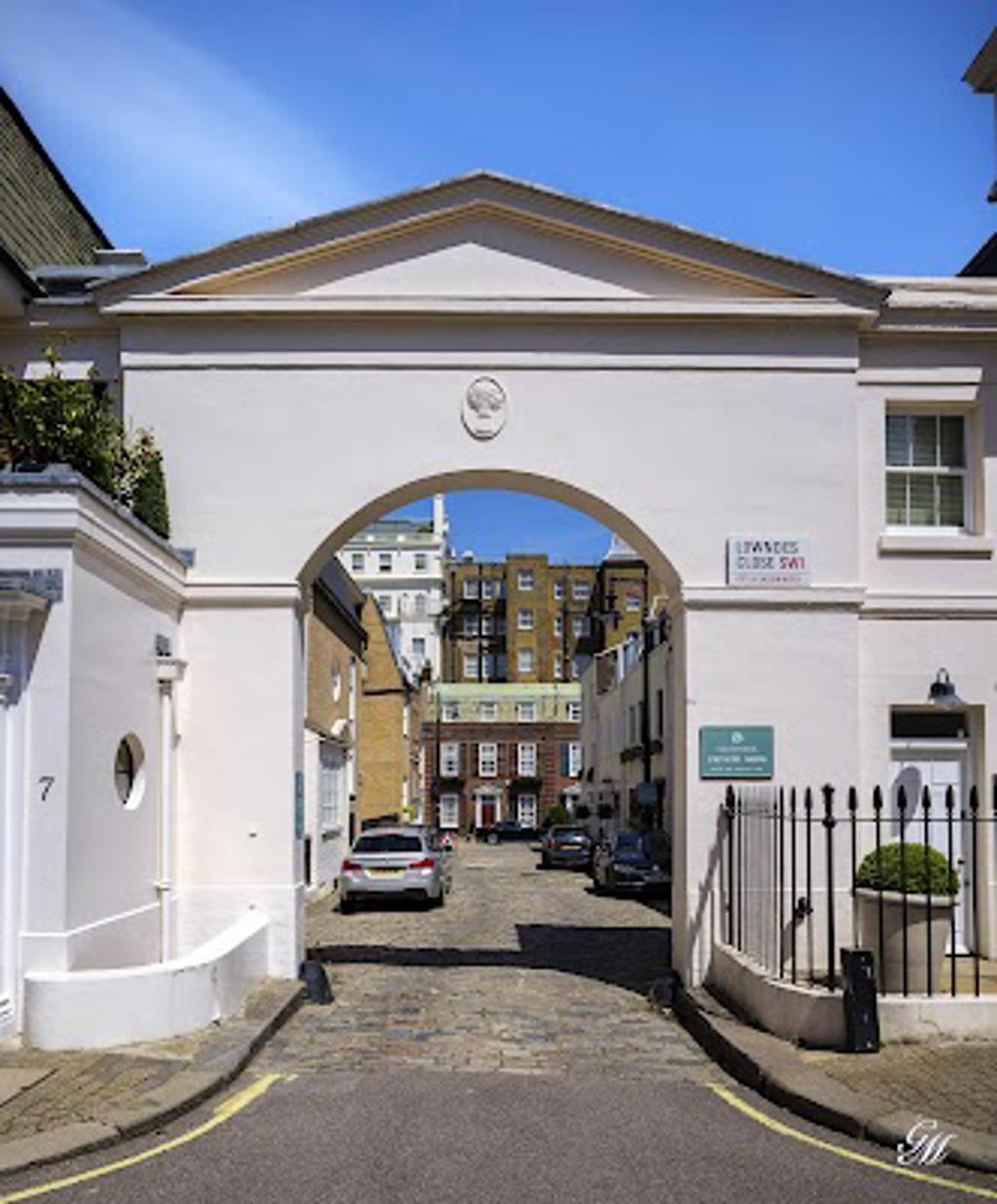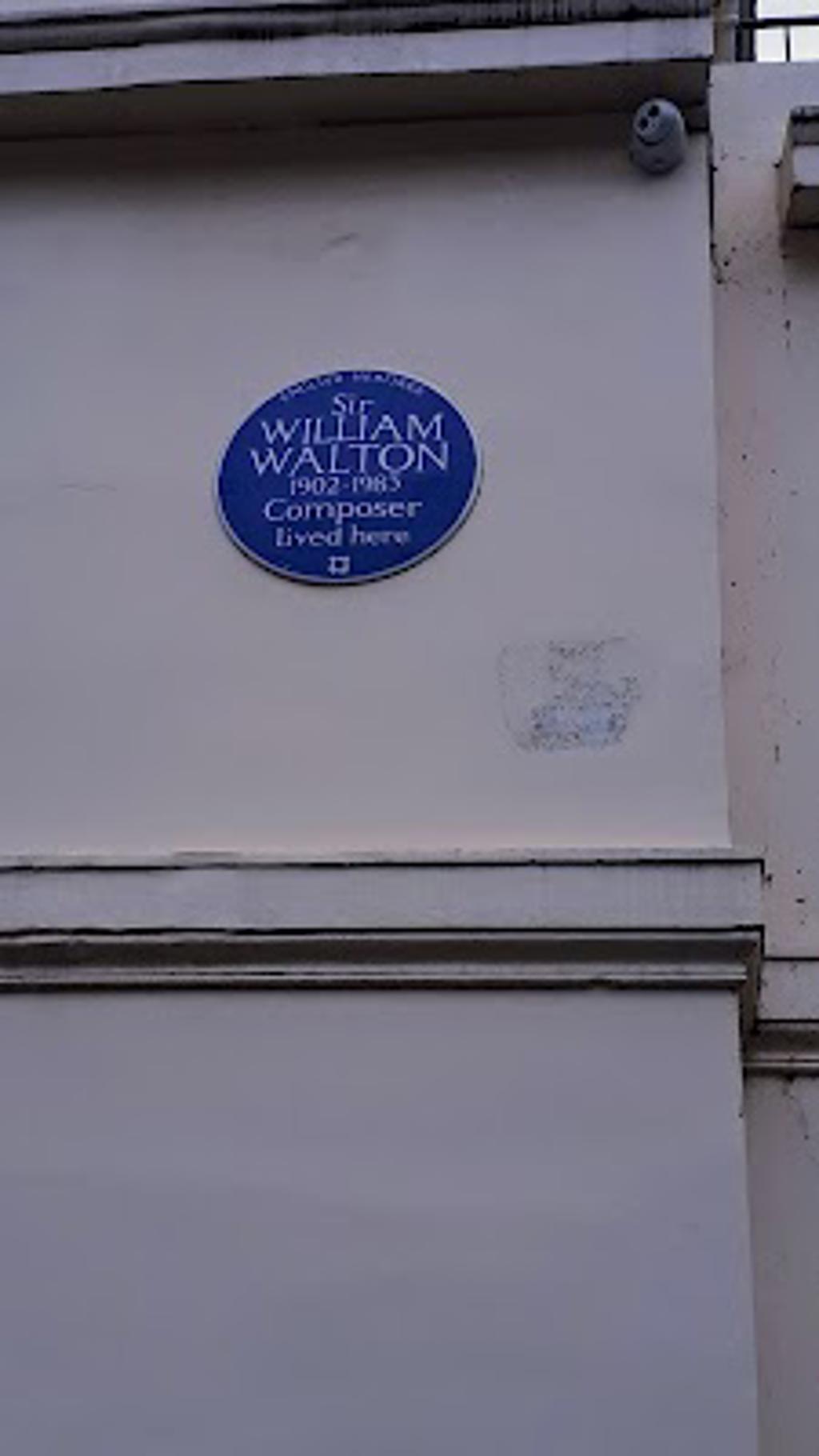About Wilfrid Scawen Blunt
The red-brick façade of 15 Buckingham Gate stands tall, its Victorian architecture blending elegance with history. Ornate stonework frames the windows, and the building’s intricate details reflect the craftsmanship of the late 19th century. This address is closely tied to Wilfrid Scawen Blunt, a poet, diplomat, and political activist whose life and work left a mark on British intellectual and cultural history.
Wilfrid Scawen Blunt’s Life and Legacy
Wilfrid Scawen Blunt lived here during a period of intense literary and political activity. Born in 1840, Blunt was known for his poetry, which often explored themes of love, freedom, and rebellion. He was also a fierce critic of British imperialism, advocating for the rights of colonized peoples, particularly in Egypt and India. His residence at Buckingham Gate became a hub for intellectuals and reformers, reflecting his commitment to challenging the status quo.
Plan your perfect trip to London with Travo! Download now and start exploring.
Architectural Details That Speak
The building’s design captures the spirit of Victorian London. Notice the decorative cornices and the symmetry of the windows, which were hallmarks of the era. The sturdy red brick symbolizes the permanence and ambition of the time, while the subtle embellishments hint at the artistic sensibilities of its occupants. These features create a backdrop for the life of a man who sought to reshape society through words and action.
Blunt’s Political Activism
From this address, Blunt organized campaigns and wrote essays that criticized British foreign policy. His opposition to imperialism was rooted in his travels to the Middle East and North Africa, where he witnessed the impact of colonial rule. The house served as a meeting place for like-minded individuals, fostering discussions that challenged the prevailing narratives of empire and power.
Literary Contributions
Blunt’s poetry, much of which was penned during his time at Buckingham Gate, reflects his romantic and rebellious spirit. Works like “The Love Sonnets of Proteus” and “Satan Absolved” showcase his mastery of language and his ability to weave personal emotion with broader social commentary. The building stands as a silent witness to the creation of these enduring literary pieces.
Present-Day Significance
Today, 15 Buckingham Gate is a reminder of the vibrant intellectual and cultural life of Victorian London. While the building itself has adapted to modern uses, its connection to Wilfrid Scawen Blunt continues to inspire those interested in literature, history, and social justice. Visitors can reflect on how one man’s ideas, born within these walls, challenged the foundations of empire and resonated far beyond his time.



Location
15 Buckingham Gate, SW1E 6DY, London





